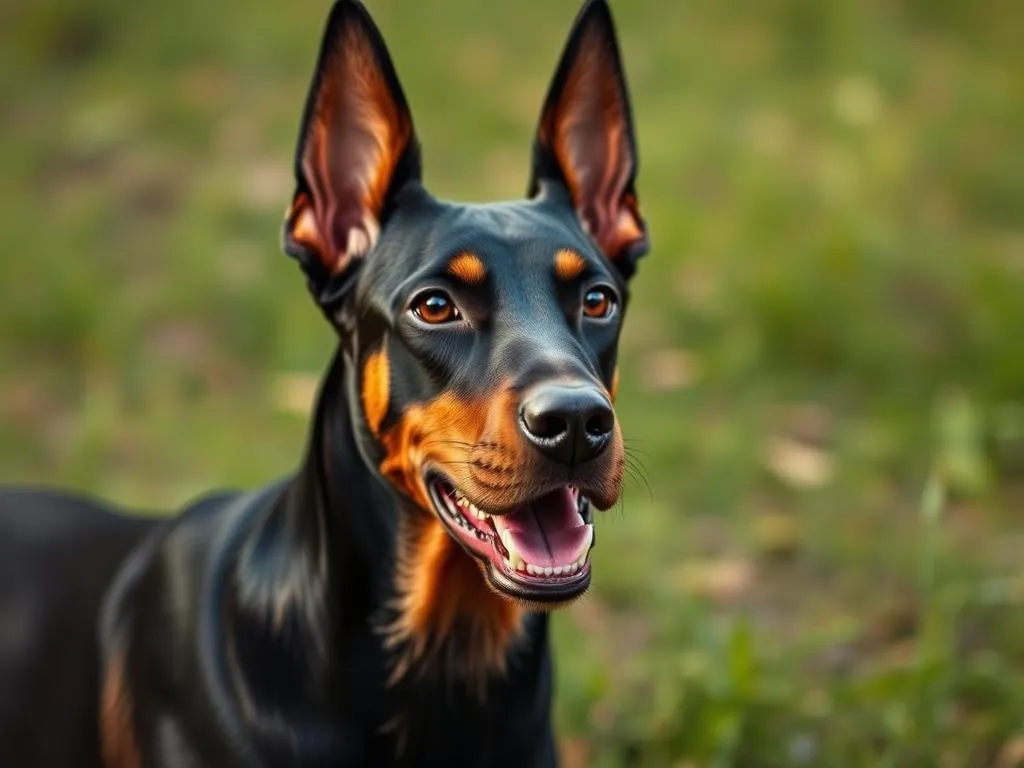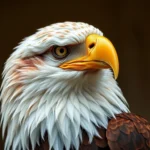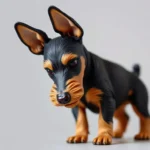
Introduction
Understanding different dog breeds is essential for prospective dog owners, as it helps in selecting a breed that fits well with one’s lifestyle and family dynamics. Among the diverse array of dog breeds, the German Pinscher stands out due to its unique characteristics and historical significance. This article will explore the history, physical traits, temperament, health, and care needs of the German Pinscher. Additionally, we will discuss suitable living conditions and tips for potential owners.
History of the German Pinscher
Origin and Ancestry
The German Pinscher has its roots in Germany, where it was initially used as a versatile working dog. This breed is believed to have descended from the German Rottweiler and the German Shepherd, as well as several other breeds, including the Doberman. The combination of these breeds has resulted in a smart, agile, and resilient dog that excels in various roles, from herding to guarding.
Development Through the Years
Throughout the years, breeding practices for the German Pinscher have evolved significantly. Originally bred for farm work, including vermin control, the breed transitioned into a companion dog as society’s needs changed. In the early 20th century, dedicated breeders aimed to refine the breed’s characteristics, leading to the distinct German Pinscher we know today.
Recognition and Standards
The German Pinscher has gained recognition from various kennel clubs, including the American Kennel Club (AKC) and the Fédération Cynologique Internationale (FCI). Breed standards outline the physical and behavioral characteristics expected of a German Pinscher, emphasizing its intelligence, energy, and loyalty.
Physical Characteristics
Size and Weight
The German Pinscher is a medium-sized dog, with males typically standing between 18 to 20 inches tall and females slightly smaller at 17 to 19 inches. In terms of weight, males usually weigh between 35 to 50 pounds, while females weigh around 30 to 45 pounds.
Coat and Color
This breed features a short, smooth coat that is easy to care for. Common color patterns include black, chocolate, blue, and fawn, often with rust markings. The coat is not only aesthetically pleasing but also serves as protection against various weather conditions.
Distinctive Features
The German Pinscher has distinct features, such as its high-set ears that can be cropped or left natural. Its tail is typically docked, which contributes to its sleek appearance. The breed’s overall structure is muscular and well-proportioned, showcasing its agility and strength.
Temperament and Behavior
General Temperament
Known for its intelligence and energy, the German Pinscher is a loyal companion that forms strong bonds with its family. They are alert and protective, making them excellent watchdogs. However, they can also exhibit a playful and affectionate side, especially with their human companions.
Socialization Needs
Early socialization is crucial for a German Pinscher to develop into a well-rounded adult dog. Exposure to various environments, people, and other animals will help mitigate any potential behavioral issues, ensuring that they grow up to be confident and friendly.
Training and Obedience
Training a German Pinscher can be both rewarding and challenging. Their high intelligence means they can learn commands quickly, but their independent streak may require a firm and consistent approach. Positive reinforcement techniques work best; however, patience and creativity are essential to keep their interest.
Family and Compatibility
The German Pinscher generally adapts well to family life, including households with children. However, it’s important to supervise interactions to ensure safe play. They may have a high prey drive, so early training and socialization with smaller pets are advisable to prevent any aggressive tendencies.
Health and Care
Common Health Issues
Like all breeds, the German Pinscher is prone to certain genetic health conditions. Common issues include hip dysplasia, progressive retinal atrophy, and heart problems. Regular veterinary check-ups and responsible breeding practices can help mitigate these risks.
Lifespan
The average lifespan of a German Pinscher ranges from 12 to 15 years. Factors such as genetics, diet, and exercise can significantly influence longevity. A healthy lifestyle, including regular vet visits and a balanced diet, can contribute to a longer life.
Grooming Requirements
Grooming a German Pinscher is relatively easy due to its short coat. Regular brushing is recommended to remove loose hair and maintain coat health. Bathing should be done as needed, and routine nail trimming is essential to prevent overgrowth.
Nutrition and Diet
Feeding a German Pinscher a balanced diet is crucial for their overall health. High-quality commercial dog food or a well-planned homemade diet can provide the necessary nutrients. It’s essential to discuss dietary options with a veterinarian to determine the best approach for your dog’s specific needs.
Exercise and Activity Needs
Daily Exercise Requirements
The German Pinscher is an active breed that requires ample exercise to maintain physical and mental health. At least one hour of vigorous activity per day is recommended. This can include walks, runs, or playtime in a secure yard.
Mental Stimulation
Mental engagement is as important as physical activity for the German Pinscher. Puzzle toys, obedience training, and interactive games can help keep their minds sharp and prevent boredom, which can lead to destructive behaviors.
Best Activities and Sports
Participating in dog sports is an excellent way to channel the German Pinscher’s energy. Agility, obedience, and tracking are popular choices that not only provide physical exercise but also strengthen the bond between dog and owner. Outdoor activities, such as hiking or running, are also beneficial for this active breed.
Living with a German Pinscher
Ideal Living Conditions
While German Pinschers can adapt to apartment living, they thrive best in homes with access to a secure yard. Their energetic nature requires space to roam and play, making a house with a fenced-in yard an ideal living arrangement.
Interaction with Family Members
The German Pinscher is known for its affectionate nature and strong bond with family members. They often enjoy being involved in family activities and are known to be protective of their loved ones. Their loyalty makes them a cherished family companion.
Tips for New Owners
Before adopting a German Pinscher, prospective owners should consider their activity level and commitment to training. Understanding the breed’s needs is vital for a successful ownership experience. New owners are encouraged to seek training resources and connect with experienced German Pinscher enthusiasts for support and guidance.
Conclusion
The German Pinscher is a remarkable breed that offers intelligence, loyalty, and a spirited personality. Understanding its history, physical characteristics, and care requirements is crucial for anyone considering welcoming a German Pinscher into their home. With the right environment, training, and socialization, this breed can thrive, providing companionship and joy for many years to come.
FAQs About German Pinschers
What is the average cost of a German Pinscher?
The cost of a German Pinscher can vary significantly based on factors such as breeder reputation, location, and the dog’s lineage. Generally, prices range from $1,500 to $3,000.
Are German Pinschers good with children?
Yes, German Pinschers can be excellent companions for children, provided they are properly socialized and trained. Supervision during playtime is recommended to ensure safe interactions.
How often should German Pinschers be groomed?
Due to their short coat, German Pinschers require minimal grooming. Regular brushing every few weeks should suffice, with baths as needed based on their activity level.
What is the best training method for a German Pinscher?
Positive reinforcement is the most effective training method for a German Pinscher. Consistency and patience are key, as they respond well to praise and rewards.
Can German Pinschers adapt to apartment living?
While German Pinschers can live in apartments, they thrive in environments where they have access to outdoor space for exercise. Daily physical and mental stimulation is essential for their well-being.









